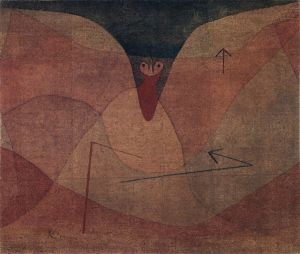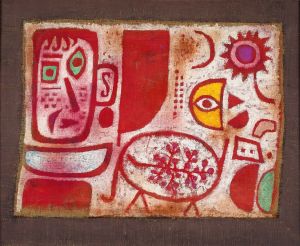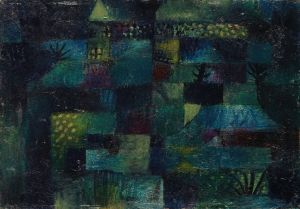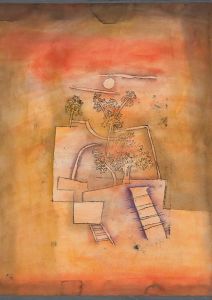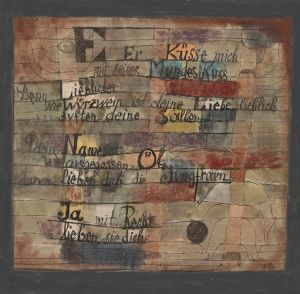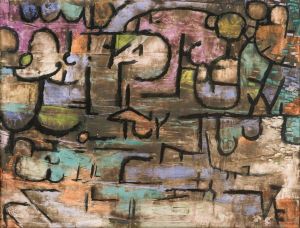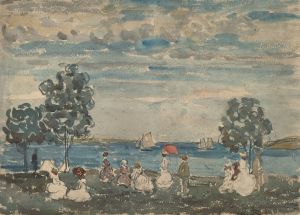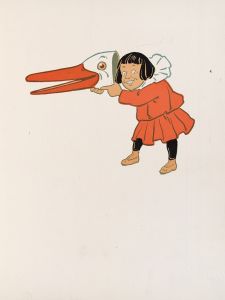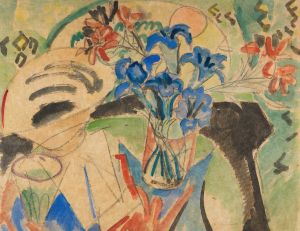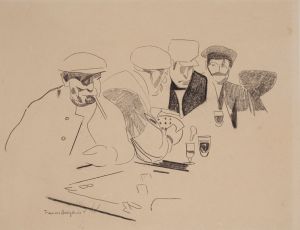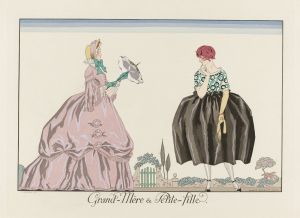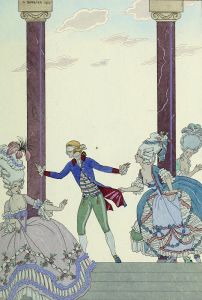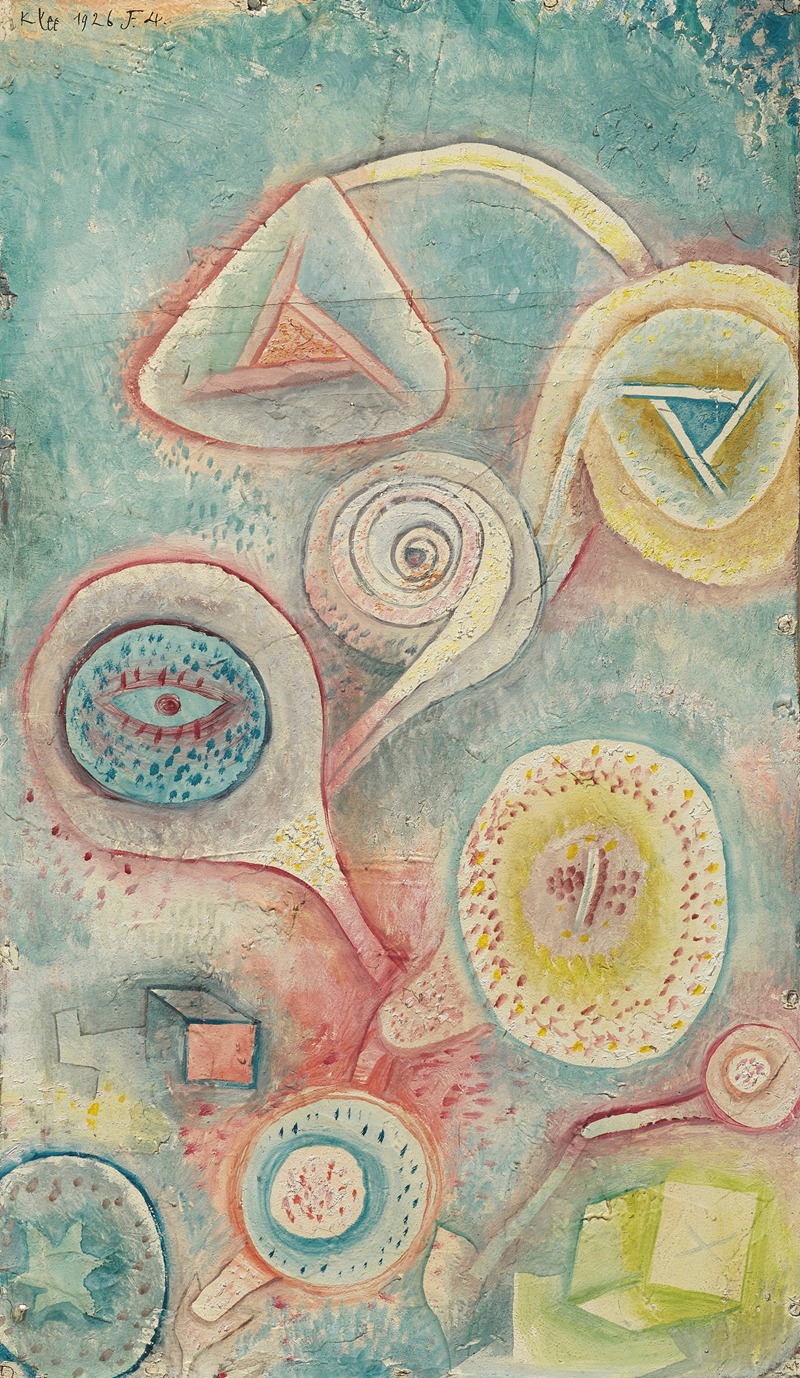
Kleines Blumenstilleben
A hand-painted replica of Paul Klee’s masterpiece Kleines Blumenstilleben, meticulously crafted by professional artists to capture the true essence of the original. Each piece is created with museum-quality canvas and rare mineral pigments, carefully painted by experienced artists with delicate brushstrokes and rich, layered colors to perfectly recreate the texture of the original artwork. Unlike machine-printed reproductions, this hand-painted version brings the painting to life, infused with the artist’s emotions and skill in every stroke. Whether for personal collection or home decoration, it instantly elevates the artistic atmosphere of any space.
Paul Klee's Kleines Blumenstilleben (translated as "Small Flower Still Life") is a painting created by the Swiss-German artist in 1930. Known for his highly individual style that blended elements of expressionism, surrealism, and abstraction, Klee's works often explored themes of nature, color, and form. This particular piece is an example of his exploration of still life, a genre he approached with his characteristic sense of whimsy and abstraction.
Kleines Blumenstilleben depicts a small arrangement of flowers, rendered in Klee's distinctive style that simplifies and abstracts natural forms. The composition is marked by a delicate interplay of color and line, with the flowers and their surroundings reduced to essential shapes and hues. Klee often used such simplifications to evoke emotional resonance and to explore the underlying structures of the natural world. The painting reflects his interest in the relationship between organic forms and geometric abstraction, a recurring theme in his body of work.
The artwork was created during Klee's tenure at the Bauhaus, where he taught from 1921 to 1931. This period was one of significant artistic development for Klee, as he refined his theories on color and form while engaging with the avant-garde movements of the time. His teaching at the Bauhaus also influenced his artistic output, as he experimented with new techniques and materials. Kleines Blumenstilleben is a product of this fertile period in his career, showcasing his mastery of color harmonies and his ability to infuse even simple subjects with a sense of depth and complexity.
The painting is relatively small in scale, consistent with its title, and exemplifies Klee's preference for intimate, contemplative works. While the exact medium and dimensions of Kleines Blumenstilleben are not widely documented, Klee frequently worked with oil, watercolor, and mixed media on paper or canvas. His works from this era often feature a muted yet vibrant palette, with colors layered to create subtle textures and tonal variations.
Kleines Blumenstilleben is housed in a private collection, and as such, it is not as widely exhibited or studied as some of Klee's other works. However, it remains an important example of his approach to still life and his broader artistic philosophy. Klee's ability to transform ordinary subjects into poetic and evocative compositions has cemented his reputation as one of the most innovative artists of the 20th century.





